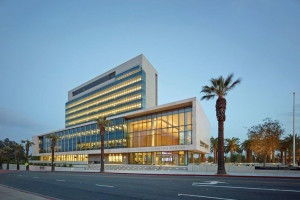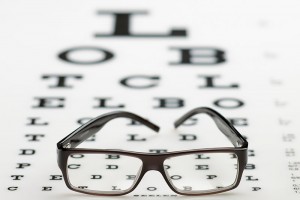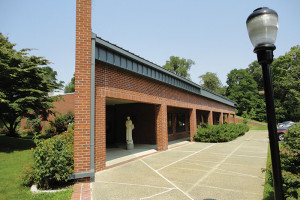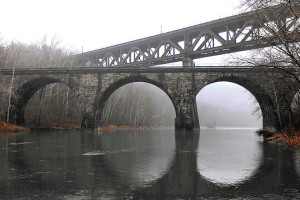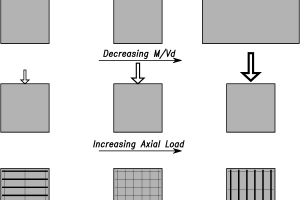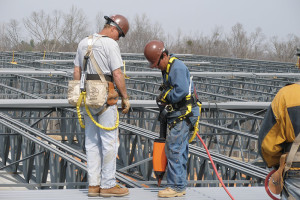Survey of SE Firms’ Contracts Practices
In preparation for a presentation on Contracts for Structural Engineers at the SEI Structures Congress last year, the presenters surveyed members of CASE to determine how they dealt with several contract issues that pose business risks to their firms. Topics included: dealing with onerous contracts, getting paid by architects even when a contract is in place, use of limitation of liability clauses, use of standardized CASE contracts, and who within a firm writes and negotiates contracts. The following are those results. …



